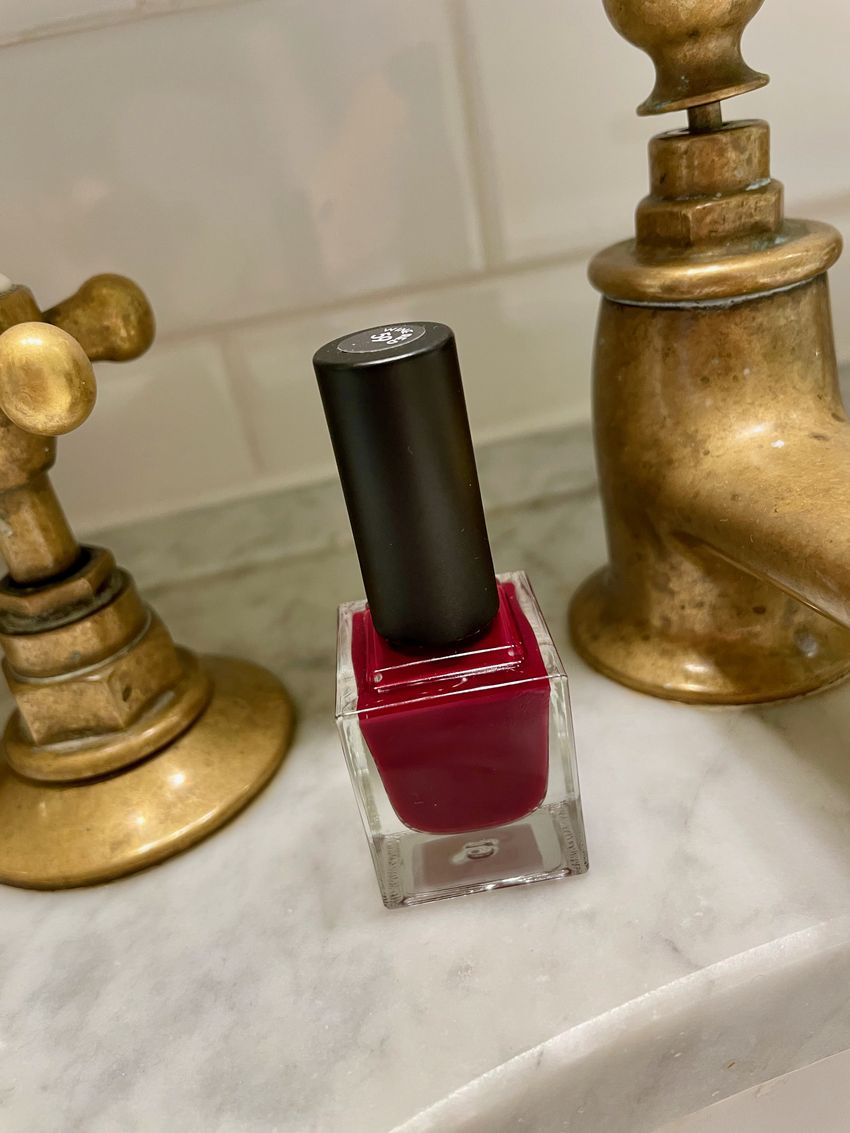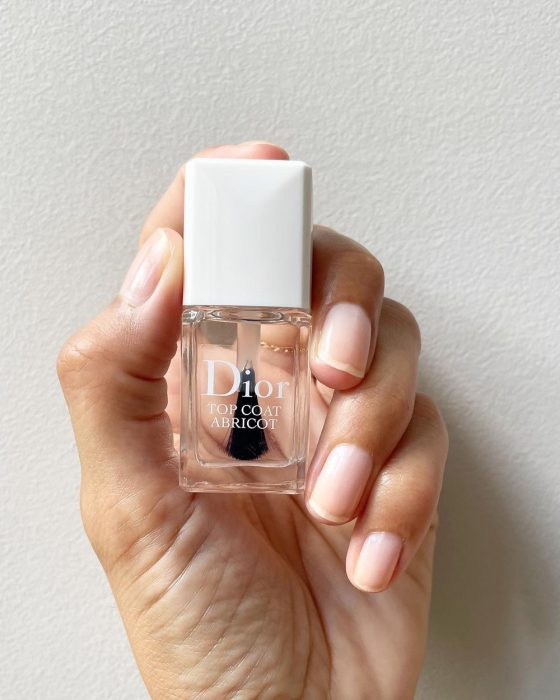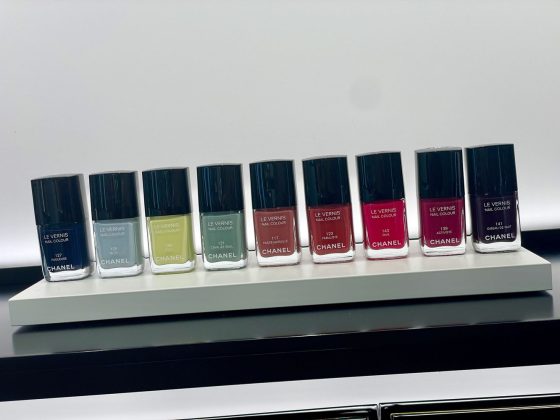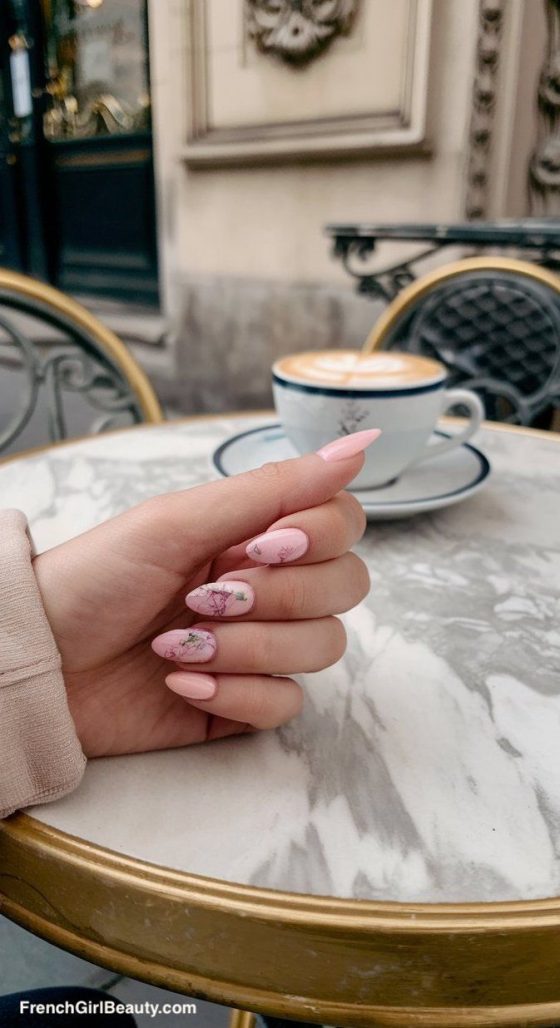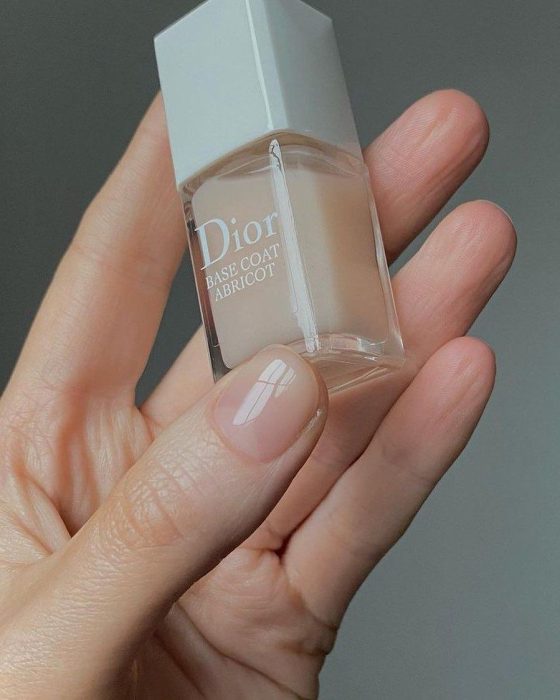The art of French beauty has long been revered for its effortless elegance and sophistication. And what’s a quintessential part of French beauty routine than a perfectly manicured set of nails? A key to achieving that signature French look is mastering the art of thinning nail polish, a technique that allows for a seamless, high-gloss finish that’s both chic and long-lasting.
But for those of us who are new to the world of French beauty, the thought of thinning nail polish can be intimidating. Fear not, dear readers, for today we’re going to demystify the process and provide a step-by-step guide on how to thin nail polish like a French beauty expert, so you can achieve salon-quality results from the comfort of your own home.
Nail Polish Consistency
Understanding nail polish consistency is crucial for achieving the perfect manicure, especially when it comes to knowing how to thin nail polish effectively. Nail polish typically comes in a variety of consistencies, from thick and gooey to smooth and fluid. A thick nail polish can make application difficult, leading to streaks and an uneven finish, while a polish that is too thin may be prone to chipping and may require multiple coats for adequate coverage.
Understanding the ideal consistency for your nail polish can greatly enhance the overall application experience. The ideal viscosity should allow for easy brush strokes that glide smoothly across the nail without pooling at the cuticles or dribbles down the sides. In the process of thinning nail polish, it’s essential to strike a balance—you want to achieve a more manageable texture without compromising the pigment or durability of the polish. Whether you are dealing with a beloved polish that has thickened over time or simply want to adjust the consistency for a specific nail art technique, knowing how to achieve the right consistency is a key skill in your beauty toolkit.
Common Causes of Thickened Nail Polish
Thickened nail polish can be a frustrating issue for many beauty enthusiasts, often hindering the perfect application and finish. Common causes of this problem generally include exposure to air, which allows the polish to dry out and become viscous over time. If not tightly sealed after use, polish can lose its ideal consistency, making it difficult to apply smoothly. Another factor contributing to thickened nail polish is temperature fluctuations; extreme heat or cold can alter the chemical composition of the polish, leading to clumping or thickening.
Additionally, the ingredients within the polish, particularly those that are solvent-based, can evaporate over time, causing the remaining product to thicken. Frequent use of the same bottle without proper care can also lead to a buildup of product around the opening, contributing to a less-than-ideal application experience. Understanding these common causes can make it easier to prevent thickened nail polish and effectively explore methods for thinning it, ensuring your manicure remains impeccable and enjoyable.
Best Thinning Agents to Use
When it comes to thinning nail polish, selecting the right thinning agent can make all the difference in achieving that perfect consistency for application. Acetone is one of the most popular choices due to its effectiveness in breaking down even the thickest polishes. However, it may also alter the formula and finish of certain polishes, so use it judiciously. For those looking for a gentler approach, nail polish thinner specifically formulated for cosmetic use is ideal. These thinners are designed to restore the original viscosity of the polish without compromising its quality or color.
Another option is to use isopropyl alcohol, which can help to reduce thickness while being less harsh than acetone. When thinning your polish, it’s crucial to add a few drops at a time, mixing thoroughly to ensure an even consistency.
Remember that less is often more when it comes to thinning; you want to maintain the integrity of the polish while ensuring it’s easy to work with. By choosing the right thinning agent and applying it correctly, you can breathe new life into your favorite nail polishes, extending their usability and ensuring flawless application every time.
Step-by-Step Guide to Thinning Nail Polish
Thinning nail polish is an essential skill for anyone who wants to maintain the quality and longevity of their favorite shades. Over time, nail polish can become thick and difficult to apply, which can lead to streaks and an uneven finish. To bring your polish back to a usable consistency, start by gathering your supplies: a nail polish thinner, a small funnel or dropper, and a clean, flat surface to work on.
First, shake the nail polish bottle gently for about 30 seconds to see if it can be revived with a simple shake. If it remains thick, it’s time to add the thinner. Using the funnel or dropper, add just a few drops of nail polish thinner to the bottle. Remember, a little goes a long way; adding too much can lead to overly diluted polish. After adding the thinner, close the bottle tightly and shake it again gently to mix the thinner thoroughly with the polish.
Test the consistency by applying a small amount on a nail; if it’s still too thick, add thinner drop by drop until you achieve the desired fluidity. This method helps restore your nail polish and extends its life, allowing you to enjoy your favorite colors much longer. Always store your nail polishes in a cool, dry place, as heat can also contribute to thickening over time.
Tips for Storing Nail Polish to Prevent Thickening
To maintain the perfect consistency of your nail polish and prevent it from thickening, proper storage is essential. Firstly, always store your nail polish bottles upright in a cool, dark place, away from direct sunlight and heat sources. Exposure to light and varying temperatures can cause the polish to break down and thicken over time. It is also beneficial to keep the bottles tightly closed when not in use to limit air exposure, which can lead to evaporation and thickening.
Additionally, consider avoiding leaving your polishes in places such as the bathroom, where humidity can fluctuate significantly, further compromising the polish’s integrity. If possible, use a small container or drawer dedicated exclusively to your nail care products, ensuring they remain organized and at optimal temperatures. By following these simple yet effective storage tips, you can prolong the life of your nail polish and maintain its ideal consistency for effortless application.
When to Consider Discarding Old Nail Polish
When considering how to manage your nail polish collection, it’s important to recognize when to discard old products. Nail polish has a shelf life, typically lasting between two to three years, depending on the ingredients and storage conditions. Over time, nail polish can separate, thicken, or change color, which affects its application and finish. If you notice your polish has developed a strange smell, has thickened significantly, or has separated in a way that shaking does not fix, it’s a clear indication that it’s time to let it go.
If the consistency of the polish has become gummy or tacky, this can lead to difficulties in application, resulting in an unsatisfactory manicure. Regularly decluttering your nail polish collection not only ensures that you’re using high-quality products but also makes room for new shades that you might be tempted to try. By understanding when to discard old nail polish, you can maintain a fresher and more effective nail care routine, ultimately enhancing the quality of your at-home manicures, including classic French tips.
Alternative Uses for Old Nail Polish
When it comes to repurposing old nail polish, there are numerous alternative uses that can add a creative twist to your beauty routine. Instead of letting that thickened or outdated bottle sit in the back of your drawer, consider using it to add some flair to your everyday items. Old nail polish can be used to personalize accessories—simply paint it onto bobby pins, hairbrushes, or even phone cases to create unique designs that reflect your personality.
Additionally, if you have jewelry that has lost its luster, a layer of colorful nail polish can rejuvenate those pieces, turning a dull item into a stylish statement. Beyond fashion, nail polish can also be practical; for instance, you can use it to coat the ends of shoelaces or the heads of pins to prevent fraying, or even to create a waterproof seal on small crafts or repairs. With a little imagination, old nail polish can transition from a beauty product to a versatile tool, proving that its lifespan can extend far beyond the manicure chair.
